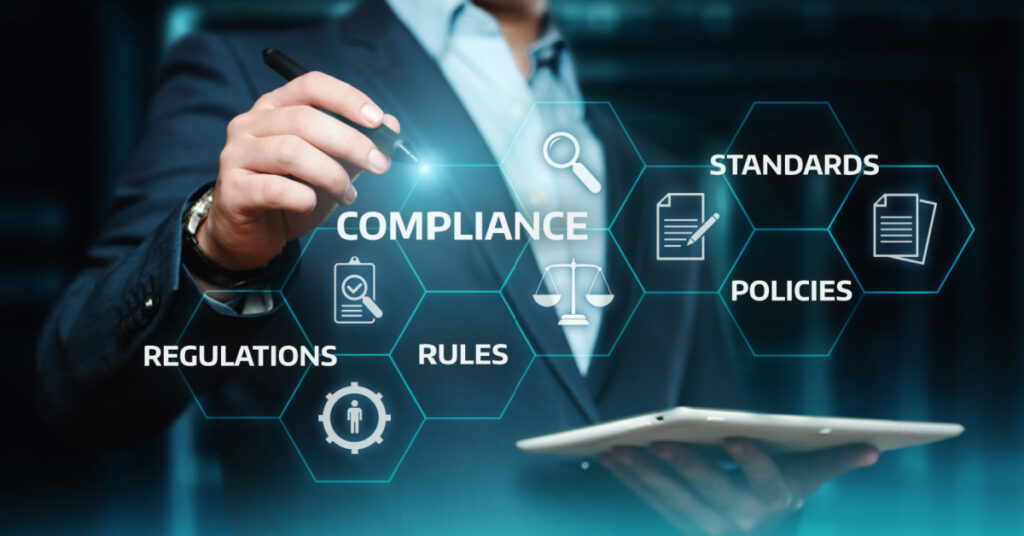Selecting a Software-as-a-Service (SaaS) retirement plan solution is a critical decision for any organization seeking to efficiently manage employee retirement benefits. There are several key considerations that should guide this choice to ensure the system meets the company’s needs while also providing seamless experience for both administrators and employees.
1. Compliance and Security:
One of the foremost considerations when choosing a SaaS retirement plan solution is compliance with relevant regulations and industry standards. Retirement plans are subject to a complex web of legal requirements, including those set forth by the Employee Retirement Income Security Act (ERISA) in the United States. The chosen solution must have a track record of up-to-date compliance with these regulations to ensure that the company’s retirement plan remains legally sound. It should offer automated features that help administrators maintain compliance, generate required reports, and adhere to contribution limits.
Security is equally paramount. Retirement plan data contains sensitive information, including employee personal details and financial data. The chosen SaaS solution should implement robust encryption, multi-factor authentication, and regular security audits to safeguard this information from breaches and unauthorized access. Compliance with standards like the General Data Protection Regulation (GDPR) should also be ensured, particularly for companies operating internationally.
2. User-Friendly Interface and Employee Engagement:
The success of a retirement plan solution hinges on its ease of use for both administrators and employees. An intuitive user interface is essential for HR personnel tasked with managing retirement benefits. The system should provide a clear dashboard that allows administrators to easily track contributions, generate reports, and make necessary adjustments. Accessibility is key, so the system should ideally be accessible from various devices and browsers.
Employee engagement is equally crucial. A retirement plan solution that offers employees a user-friendly portal to access their retirement accounts, check balances, and make investment selections encourages active participation. The ability to model different contribution scenarios, set up automated contributions, and access educational resources can motivate employees to take ownership of their retirement planning. An interactive and informative platform can lead to better financial decisions and, ultimately, improved retirement outcomes for employees.
3. Scalability and Integration:
As an organization grows, so do its employee retirement needs. When selecting a SaaS retirement plan solution, scalability is vital. The system should be able to accommodate an increasing number of employees and handle higher transaction volumes without compromising performance. Additionally, it should allow for easy adjustments to plan parameters as the organization’s needs evolve.
Integration capabilities are another key factor. A retirement plan solution should seamlessly integrate with other recordkeeper and payroll systems in use within the organization. This ensures that employee data is accurate and up to date across all platforms, reducing the risk of errors and discrepancies. Integration with financial systems can also simplify the process of managing contributions and generating necessary financial reports.
In conclusion, choosing a SaaS retirement plan solution requires a well-rounded evaluation of compliance, security, user experience, and scalability. Compliance with regulations and data security are paramount to avoid legal complications and protect sensitive information. A user-friendly interface for administrators and employees alike encourages active engagement with the retirement plan. Scalability ensures the solution can adapt to changing organizational needs, while integration capabilities streamline data management across various systems. By carefully considering these top three factors, an organization can select a retirement plan solution that not only meets current requirements but also supports its long-term growth and success.

